Mackintosh 31205
Glasgow Style: The life and work of Glasgow School pioneer, Charles Rennie Mackintosh
Scottish architect, designer, and painter Charles Rennie Mackintosh (1868–1928) was one of the earliest pioneers of modern architecture and design. While he never received major recognition in his hometown of Glasgow, his bold new blend of simplicity and poetic details inspired modernists across Europe.
Mackintosh’s avant-garde approach embraced a variety of media as well as fresh stylistic devices. His multi-faceted oeuvre incorporated architecture, furniture, graphic design, landscapes, and flower studies. He embraced strong lines, elegant proportions, and natural motifs, combining a healthy dose of japonisme with a modernist sensibility for function. He preferred bold black typography, restrained shapes, and tall, generous windows suffusing rooms with light.
Mackintosh’s projects in Glasgow include the famous Willow Tearooms, the private residences Windyhill and The Hill House, and the Mackintosh Building at the Glasgow School of Art, widely considered his masterwork. Much of his work was collaborative practice with his wife, fellow artist Margaret Macdonald. The couple made up half of the loose Glasgow collective known as “The Four”; the other two were Margaret’s sister, Frances, and her husband, Herbert MacNair.
On the continent, this “Glasgow Style” was met with delight. In Italy, Germany, and, in particular, Austria, artists of the Viennese Secession and Art Nouveau drew much from its rectilinear, yet lyrical, forms. In this introductory book, we take in Mackintosh’s practice across art, architecture, and design to explore his particular combination of the statuesque and sensual and its vital influence on modernist expression across Europe.
Scottish architect, designer, and painter Charles Rennie Mackintosh (1868–1928) was one of the earliest pioneers of modern architecture and design. While he never received major recognition in his hometown of Glasgow, his bold new blend of simplicity and poetic details inspired modernists across Europe.
Mackintosh’s avant-garde approach embraced a variety of media as well as fresh stylistic devices. His multi-faceted oeuvre incorporated architecture, furniture, graphic design, landscapes, and flower studies. He embraced strong lines, elegant proportions, and natural motifs, combining a healthy dose of japonisme with a modernist sensibility for function. He preferred bold black typography, restrained shapes, and tall, generous windows suffusing rooms with light.
Mackintosh’s projects in Glasgow include the famous Willow Tearooms, the private residences Windyhill and The Hill House, and the Mackintosh Building at the Glasgow School of Art, widely considered his masterwork. Much of his work was collaborative practice with his wife, fellow artist Margaret Macdonald. The couple made up half of the loose Glasgow collective known as “The Four”; the other two were Margaret’s sister, Frances, and her husband, Herbert MacNair.
On the continent, this “Glasgow Style” was met with delight. In Italy, Germany, and, in particular, Austria, artists of the Viennese Secession and Art Nouveau drew much from its rectilinear, yet lyrical, forms. In this introductory book, we take in Mackintosh’s practice across art, architecture, and design to explore his particular combination of the statuesque and sensual and its vital influence on modernist expression across Europe.
Стиль Глазго: Життя і творчість піонера школи Глазго Чарльза Ренні Макінтоша
Шотландський архітектор, дизайнер і художник Чарльз Ренні Макінтош (1868-1928) був одним із перших піонерів сучасної архітектури та дизайну. Хоча він так і не отримав широкого визнання у своєму рідному місті Глазго, його сміливе поєднання простоти та поетичних деталей надихнуло модерністів по всій Європі.
Авангардний підхід Макінтоша охоплював різноманітні медіа та свіжі стилістичні прийоми. Його багатогранна творчість охоплювала архітектуру, меблі, графічний дизайн, пейзажі та квітникарство. Він використовував сильні лінії, елегантні пропорції та природні мотиви, поєднуючи здорову дозу японського стилю з модерністським розумінням функції. Він надавав перевагу сміливій чорній типографіці, стриманим формам і високим, щедрим вікнам, що наповнювали кімнати світлом.
Серед проектів Макінтоша в Глазго - знамениті "Вербові чайні", приватні резиденції "Віндіхілл" і "Будинок на пагорбі", а також будівля Макінтоша в Школі мистецтв Глазго, яку багато хто вважає його шедевром. Значна частина його робіт була спільною практикою з дружиною, колегою-художницею Маргарет Макдональд. Подружжя складало половину вільного колективу Глазго, відомого як "Четвірка"; іншими двома були сестра Маргарет, Френсіс, та її чоловік, Герберт Макнейр.
На континенті цей "стиль Глазго" був зустрінутий із захопленням. В Італії, Німеччині та, особливо, Австрії художники віденського сецесіону та модерну багато черпали з його прямолінійних, але ліричних форм. У цій вступній книзі ми розглядаємо практику Макінтоша в мистецтві, архітектурі та дизайні, щоб дослідити його особливе поєднання статуарного та чуттєвого, а також його життєво важливий вплив на модерністський вираз по всій Європі.
- АвторCharlotte & Peter Fiell
- КатегоріяКультура та мистецтво
- МоваАнглійська
- Рік2017
- Сторінок96
- Формат210х260 мм
- ОбкладинкаТверда
- Тип паперуОфсетний
- ІлюстраціїКольорові
- Термін поставки5-7 дней
- СеріяBasic Art Series 2.0
915 ₴
Відділення Нова Пошта80 ₴
Поштомат Нова Пошта40 ₴
Кур’єр Нова Пошта120 ₴
Відділення УкрПошта50 ₴
Кур’єр за адресою90 ₴

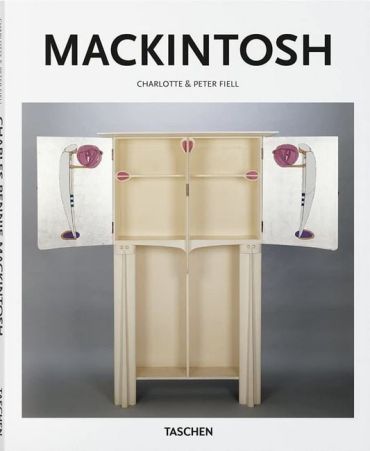
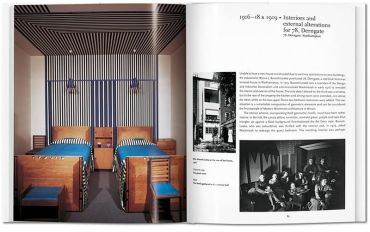
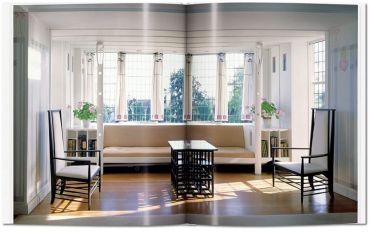
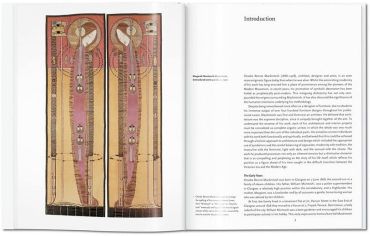
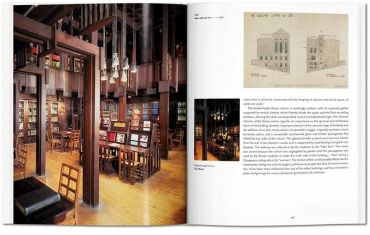
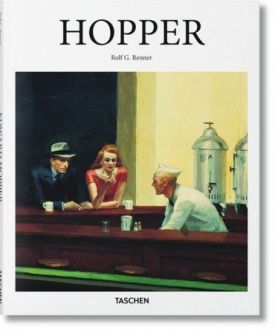
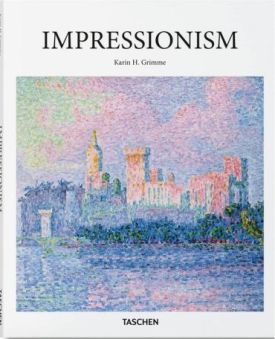

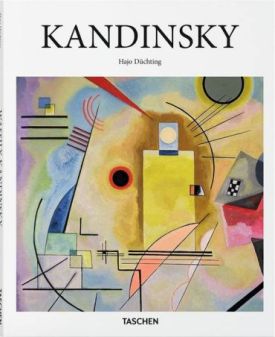
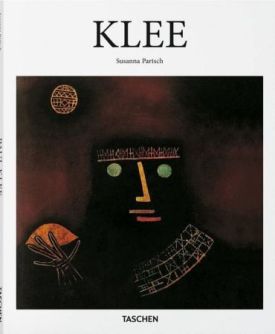
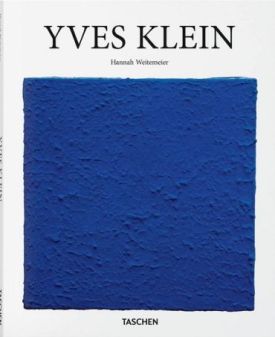
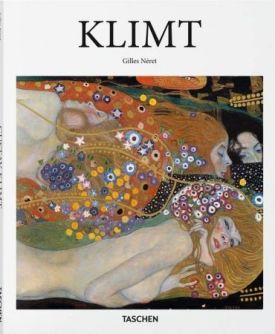
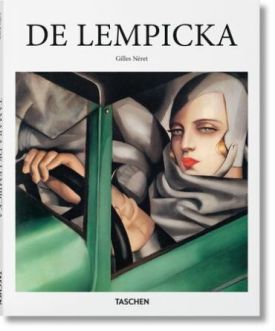
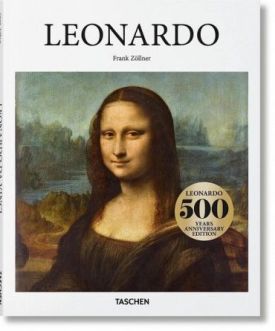

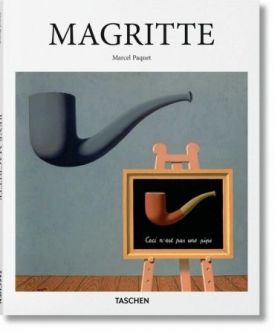
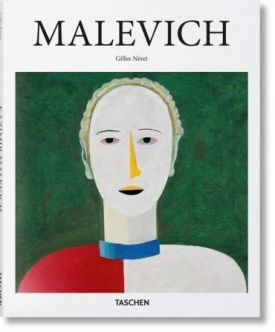
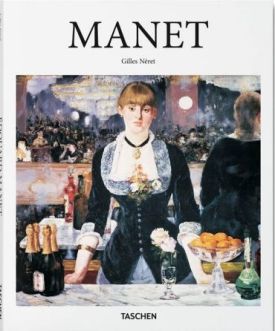
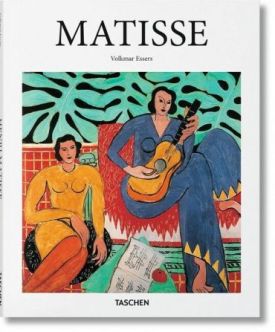
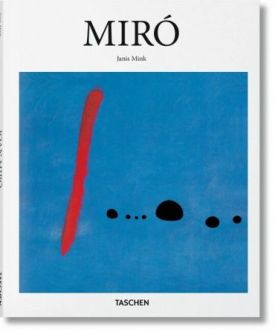
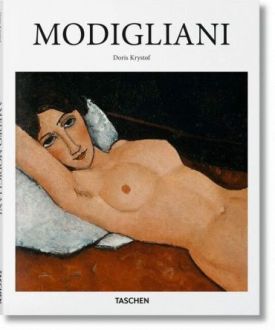
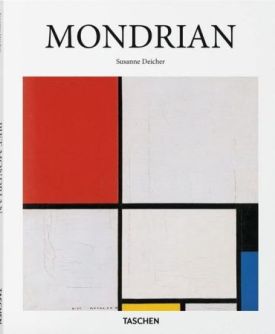


допоможіть тим, хто ще не читав